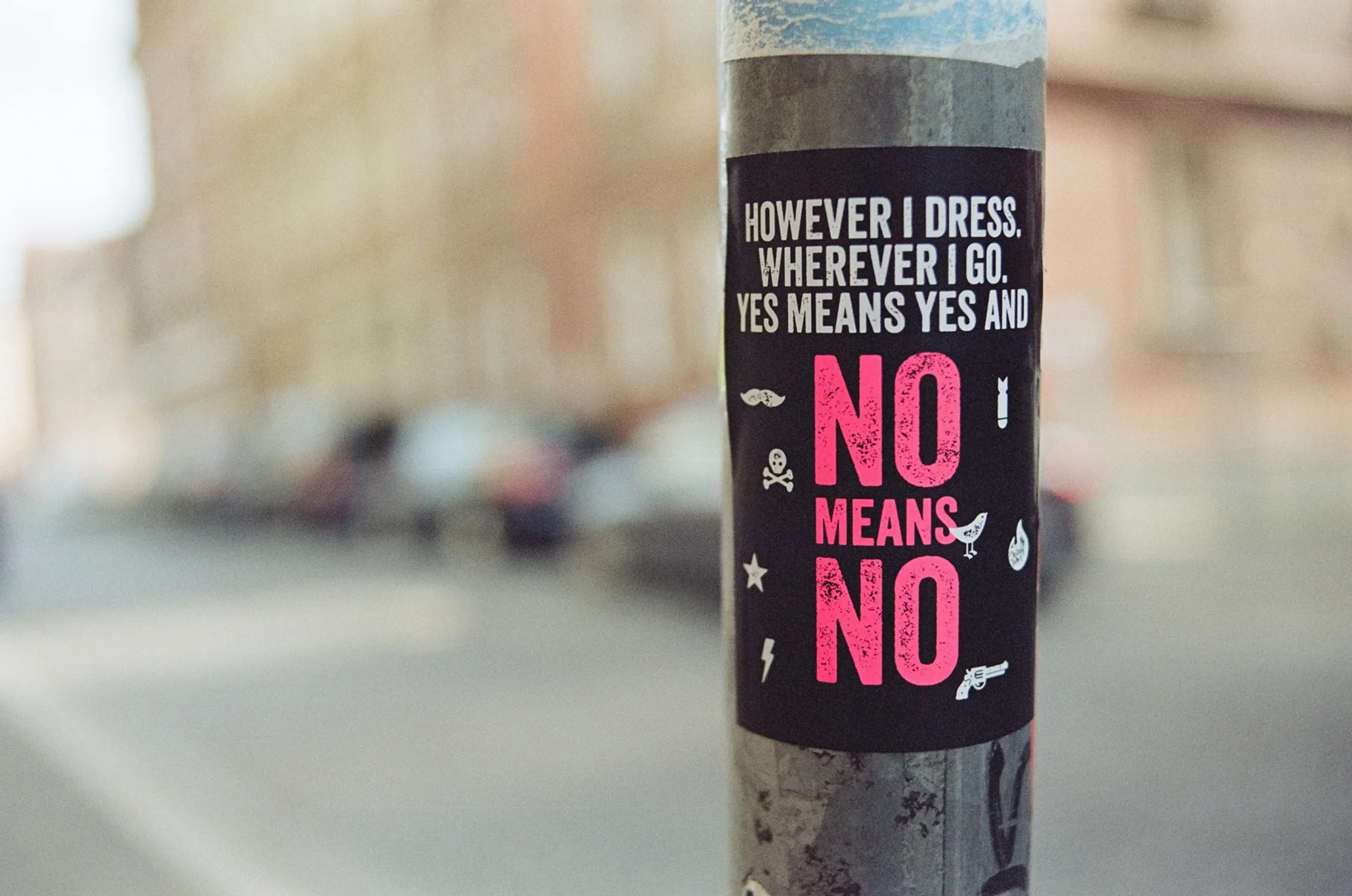

As a growing woman, I am beginning to notice a common shared piece of the female experience: uncomfortability. In fact, walking down the streets, I’ve been catcalled and terrified. Sadly, this is an experience many girls endure, and it is worsened by social media. This article discusses sexual harassment, its relationship to social media and its mental and physical repurcussions on girls.
What is sexual harassment?
Sexual harassment is a type of harassment involving unwelcome and innapropriate actions such as unwanted jokes, gestures, offensive words on clothing, and unwelcome comments, touching and any other non- consensual bodily contact. When sexual harassment is reported, it is often ignored; the victim is usually blamed instead of the perpetrator. Sexual harassment might even traumatize the victim and cause mental health problems like Post- Traumatic Stress Disorder (PTSD), depression, anxiety and Bipolar disorder. Sexual Assault victims are also 3.4 times more likely to use marijuana, 6 times more likely to use cocaine, 10 times more likely to use other major drugs. It also generates long-term effects on the victim’s relationships, performance at work or in school and on his or her health.

Image by Markus Spiske from Unsplash
Many people think that sexual harassment only occurs to girls who dress “innapropriately.” However, this is a common misconception as boys, children, old women, and old men have all been sexually harassed. In fact, sexual harassment has very little to do with how one might dress or act. It is entirely the perpetrator’s fault and should never be blamed upon the victim. Currently, more and more people are gaining the courage to talk about their experience with sexual harassment. Movements such as the “MeToo Movement” encourage victims to speak about their experience and help them to deal with the trauma that comes along with it.
Statistics
- Every 73 seconds another American is sexually assaulted.
- 21% of TGQN (transgender, genderqueer, nonconforming) college students have been sexually assaulted, compared to 18% of non-TGQN females, and 4% of non-TGQN males.
- 33% of women who are raped contemplate suicide.
- 6,053 military members reported experiencing sexual assault during military service in FY 2018. DoD estimates about 20,500 service members experienced sexual assault that year.
- An estimated 80,600 inmates each year experience sexual violence while in prison or jail.
- One in 9 girls and 1 in 53 boys under the age of 18 experience sexual abuse or assault at the hands of an adult.
- In 11% of rape and sexual assault incidents, the perpetrator used a weapon.
- 6% Gun
- 4% Knife
- 1% Other
The relationship between sexual harassment, social media, and women
Social media has exacerbated sexual harassment in many ways, as perpetrators can easily harass and humiliate victims without disclosing their identity. Nudes, videos, pornography, sexual jokes, are often sent to people without consent, making victims feel uncomfortable, afraid, and triggered. Women are especially affected by this as social media worsens pre-existing stereotypes and misconceptions about sexual harassment in women.For example, a common misconception is that women that talk about their experiences are just asking for attention and might be lying. This is absolutely not true as SA victims often take a long time to come to terms with what happened to them and it takes a lot of courage to talk about it. In fact only 2-10% of rape accusations are false. However, social media can be a useful tool in helping girls find resources and people to talk to when going through an experience of sexual harassment. Some online communities give women the courage and confidence to report the perpetrator and try to live their life normally again.
In conclusion, this topic is very important as it affects a lot of people and is often not talked about. Victims often feel like they will be judged or humiliated when retelling their experience. If you, your friend or family has ever been sexually harassed, help emotionally support them by providing resources to report the case of harassment. In your workplace or school, talk to your employer or head teacher and inform them about what has happened. People in workplaces can incorporate training on harassment and discriminatory treatment to teach people the effects of it and why it is extremely harmful. Perpetrators that have sexually assaulted or harassed someone should get severly punished or be reported on as soon as possible.
Further Reading/Resources:
https://www.consumernotice.org/data-protection/internet-safety-for-kids/
